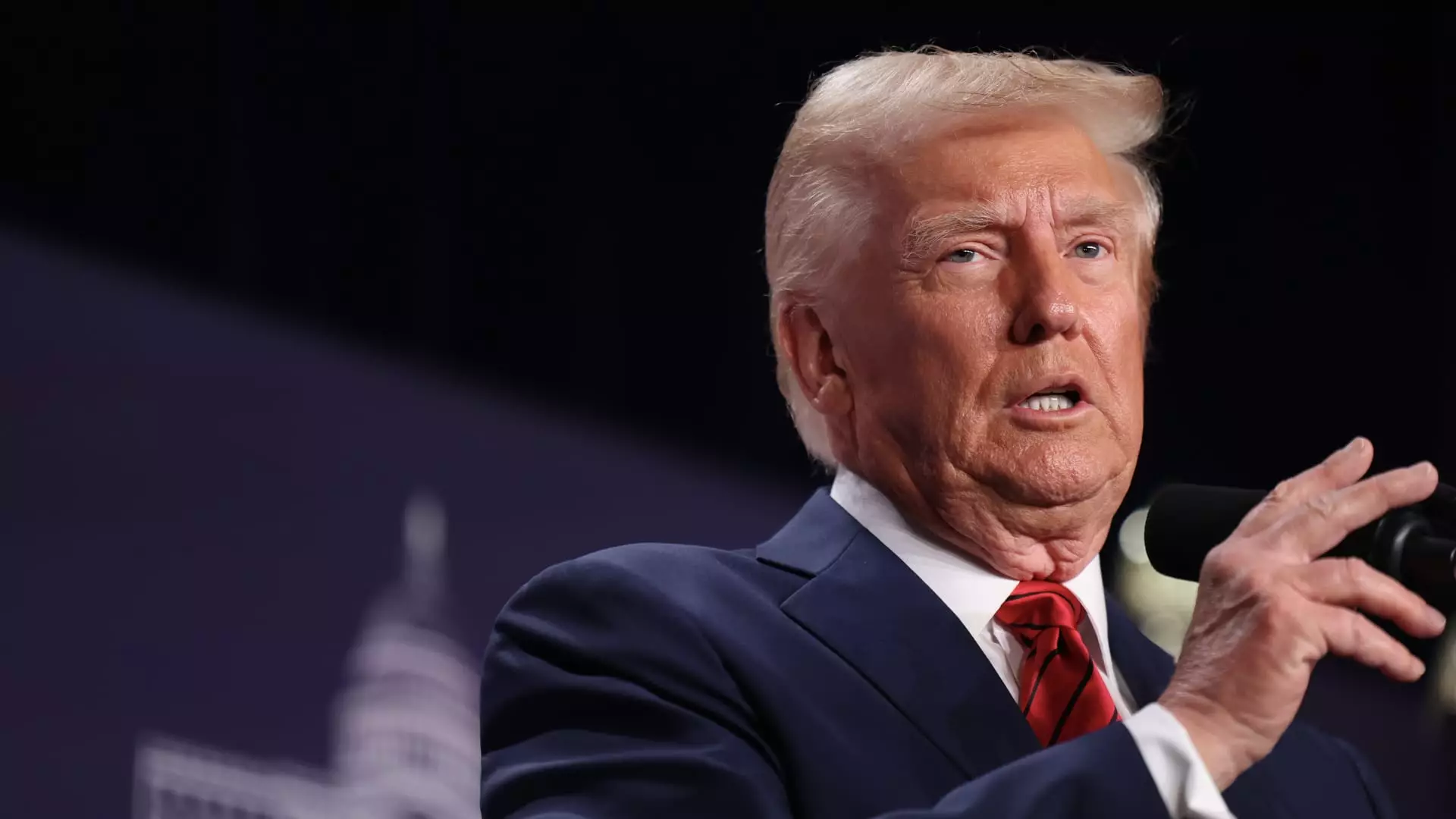In recent years, one of the most contentious issues in U.S. economic policy has been President Donald Trump’s approach to international trade, particularly his advocacy for tariffs. Tariffs—taxes levied on imported goods—are intended to protect domestic industries by making foreign products more expensive. As tariffs on imported goods from major trading partners like Canada, Mexico, and China prepare to take effect, it is essential to dissect their potential impact on American consumers and the broader economy. Economists universally warn that these tariffs may exacerbate financial strains for U.S. citizens rather than promote the growth that the administration touts.
Economists are sounding the alarm that consumers will likely suffer the financial consequences of these tariffs. For instance, Trump’s proposed tariffs include a steep 25% tax on imports from Canada and Mexico and a 10% tax on goods from China—countries that accounted for over $1 trillion in goods imported into the United States in the previous year. Mary Lovely, a senior fellow at the Peterson Institute for International Economics, succinctly notes that “it’s hard to find positives” from such measures. The crux of the issue lies in the expectation that U.S. businesses, facing increased costs due to tariffs, will inevitably pass those costs onto consumers, resulting in higher prices across the board.
This transfer of costs could lead to fewer product choices available on retail shelves, as businesses might restrict their inventories to offset tariff costs. With various economic sectors affected—including essential goods like food and clothing—Americans could see a rise in living expenses just as economic recovery takes hold in a post-COVID landscape.
Another layer of complexity surrounds the possible exemptions that may accompany these tariffs. Trump recently hinted at the notion of exempting certain products, such as Canadian oil, from tariff regulations. However, the finer details remain uncertain, leading both economists and market participants to question how many items might escape taxation. For instance, if apparel or food products from specific countries are exempted, it might mitigate some immediate price increases but also backlog the already complicated economic implications of such tariffs.
Mark Zandi, chief economist at Moody’s, cautions against reliance on these exemptions, urging policymakers to clarify their stance. The absence of a straightforward strategy only perpetuates confusion among businesses relying on imports. These uncertainties create an unstable trading environment, which could ultimately deter investment and growth in domestic industries.
The U.S. administration has framed tariffs as part of a broader agenda designed to spur economic growth. Proponents argue that they could potentially generate substantial government revenue—estimates suggest upward of $1 trillion from the recently proposed tariffs through 2035. However, this comparison glosses over the potential downsides. A report indicates that an additional 10% tariff on Chinese imports could shrink the U.S. economy by $55 billion. Moreover, a dramatic 25% tariff on goods from Mexico and Canada could reduce the nation’s GDP by $200 billion.
While the administration claims that the economic benefits from tariffs would offset the negatives, the potential realities of job loss and factory downturns present a more complex picture. History shows that trade wars often lead to retaliatory measures from other nations, thus escalating conflicts that could further stymie American businesses exporting abroad.
An analysis of tariffs also reveals that the supposed benefits for the U.S. manufacturing sector may be overstated. As noted by experts, the jobs theory behind tariffs—that they create more jobs than they destroy—falls short under scrutiny. For example, an analysis indicated that for every steel job created through protectionist measures, 80 jobs across various other industries are jeopardized due to rising prices of raw materials. Thus, while the administration’s narrative anticipates a revitalized manufacturing sector, the collateral damage it inflicts across many sectors could be detrimental to job sustainability and economic health.
As the country prepares to implement these tariffs, the consensus among economists is clear: the financial implications for consumers may be heavier than projected benefits to domestic manufacturing and industry. The hope for job growth, increased wages, and overall economic prosperity should be measured against the very real concerns surrounding increased costs, limited product access, and potential retaliatory economic policies from other nations.
In light of these complexities, it is critical for policymakers to tread carefully. A nuanced approach that weighs the ramifications of protectionist measures against the need for sustainable economic growth could result in a more harmonious trade environment. The challenge now lies in navigating these waters without precipitating another round of costly trade wars—one that could disrupt not just international relations but the everyday lives of American families.

